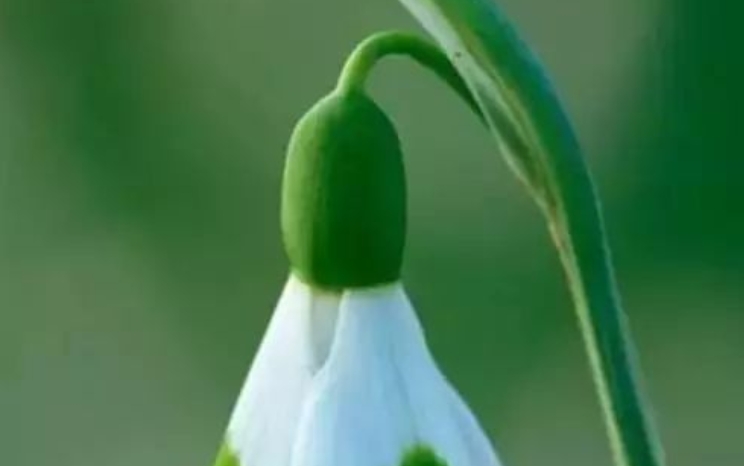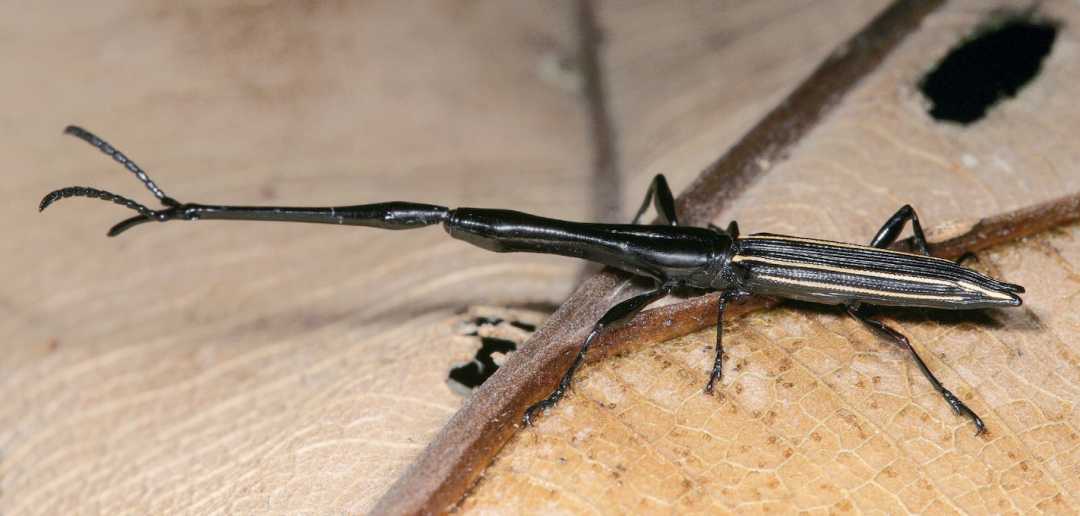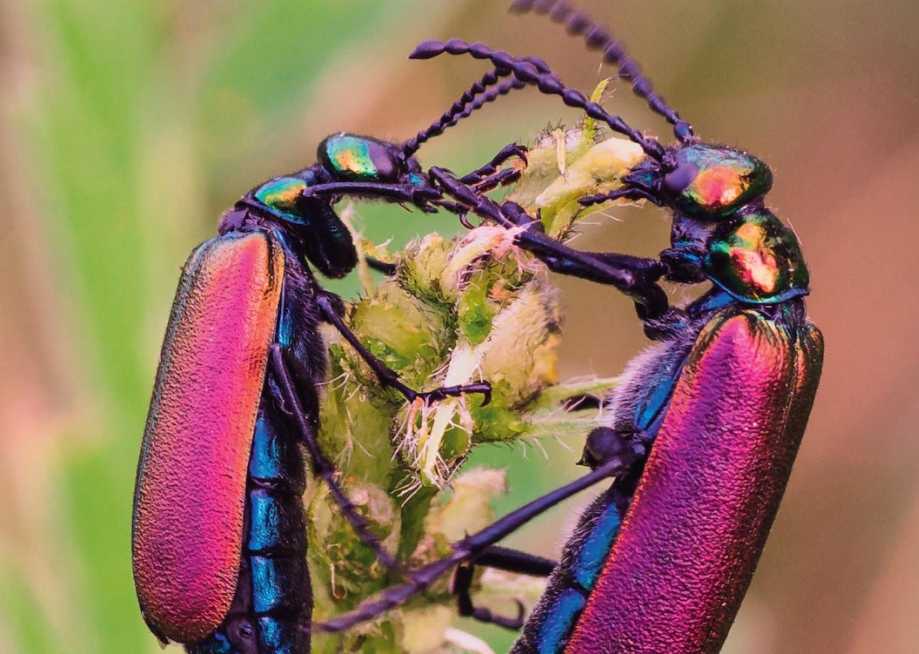
The Crimean Snowdrop (Galanthus plicatus), a cherished emblem of renewal, ushers in spring across the mountainous landscapes of Crimea, southern Russia, and parts of the Balkans. This bulbous perennial captivates with its pure white blooms, signaling the end of winter's chill and the start of nature's revival.
Standing 10–20 centimeters tall, the Crimean Snowdrop features two to three strap - shaped, gray - green leaves that emerge alongside its solitary flower. The bell - shaped bloom, about 2–3 centimeters long, consists of six petals: three outer segments form a wide, white cup, while the inner petals bear distinctive green markings at their tips, resembling an elegant smile. These green accents, often shaped like inverted Vs or dashes, add a touch of contrast to the otherwise pristine white petals. The flowers dangle gracefully from slender stems, nodding gently in the breeze, and release a faint, sweet fragrance that attracts early - emerging pollinators such as bees and hoverflies.
Thriving in deciduous woodlands, meadows, and riverbanks, the Crimean Snowdrop prefers moist, well - drained soil and partial shade. Its early blooming period allows it to photosynthesize and store energy before the forest canopy fully leafs out. However, habitat loss due to urbanization, agriculture, and illegal collection for the horticultural trade threaten its survival. In some regions, the species is protected by law, and conservationists are working to preserve its natural habitats and promote sustainable cultivation. Culturally, the snowdrop symbolizes hope and resilience, often featured in local folklore and celebrated in spring festivals. As a delicate reminder of nature's fragility and beauty, the Crimean Snowdrop continues to inspire both botanists and flower enthusiasts worldwide.





